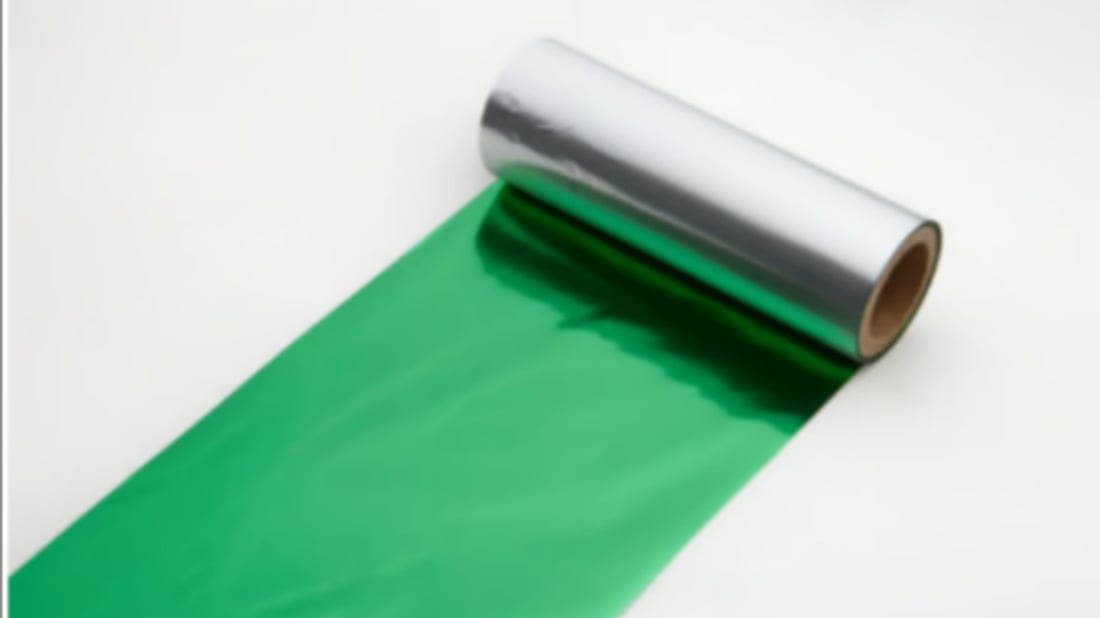Introduction
Thermal transfer printing is a popular method for printing high-quality images, text, and barcodes onto labels and other media. One important component of thermal transfer printing is the ribbon. In this article, we will explore the various aspects of thermal transfer printing ribbons.
What Are Thermal Transfer Printing Ribbons?
Thermal transfer printing ribbons are inked ribbons that are used in thermal transfer printing. The ink on the ribbon is processed using heat to transfer the image or text onto the label or medium. These ribbons come in different sizes, colors, and materials to suit a wide range of printing needs.
Types of Thermal Transfer Printing Ribbons
There are three main types of thermal transfer printing ribbons: wax, wax-resin, and resin. Wax ribbons are ideal for printing onto paper labels, while wax-resin ribbons are suited for printing onto glossy paper and synthetic labels. Resin ribbons are the most durable and can print onto materials such as polyester, polypropylene, and vinyl.
Choosing the Right Thermal Transfer Printing Ribbon
Choosing the right ribbon depends on the printing requirements of the specific application. Consider the type of label or medium you are printing onto, the image or text you are printing, the environment the label will be exposed to, and the lifespan required for the label. It is important to select a ribbon that matches these needs for optimal print quality and durability.
Advantages of Thermal Transfer Printing Ribbons
Thermal transfer printing ribbons have several advantages over other printing methods. They can create high-quality images and text that are resistant to smudging and fading. The versatility of thermal transfer printing ribbons means that they can print onto a wide range of materials and surfaces. They are also cost-effective and can handle high-volume printing without compromising quality.
Disadvantages of Thermal Transfer Printing Ribbons
There are a few disadvantages to using thermal transfer printing ribbons. They require special equipment, such as a thermal transfer printer, and the ribbon cost can be higher than other printing methods. Additionally, the printing process can be slower than other methods, which may not be ideal for applications with time-sensitive demands.
Caring for Thermal Transfer Printing Ribbons
To ensure that your thermal transfer printing ribbons last for as long as possible, it is important to store them in a cool, dry place. Avoid exposing the ribbons to direct sunlight or humidity, as this can cause the ink to dry out or become smudged. Always follow the manufacturer's guidelines for handling and storage.
Tips for Optimal Thermal Transfer Printing
To achieve high-quality prints with thermal transfer printing, there are a few tips to keep in mind. First, ensure that the label or medium is clean and free from any debris or dust. Use the correct ribbon type for the specific application and adjust the printer settings accordingly. Finally, perform regular maintenance on the printer and ribbon to ensure that they are working correctly.
Applications of Thermal Transfer Printing Ribbons
Thermal transfer printing ribbons are used in a wide range of applications, including retail, healthcare, logistics, manufacturing, and more. They are ideal for printing barcodes, labels, and other forms of identification.
Conclusion
Thermal transfer printing ribbons are an essential component in thermal transfer printing, which is a versatile and cost-effective method for printing high-quality images, text, and barcodes onto various media. By choosing the right ribbon for your specific printing needs, storing and handling them correctly, and following best practices for printing, you can achieve optimal results with your thermal transfer printing.

